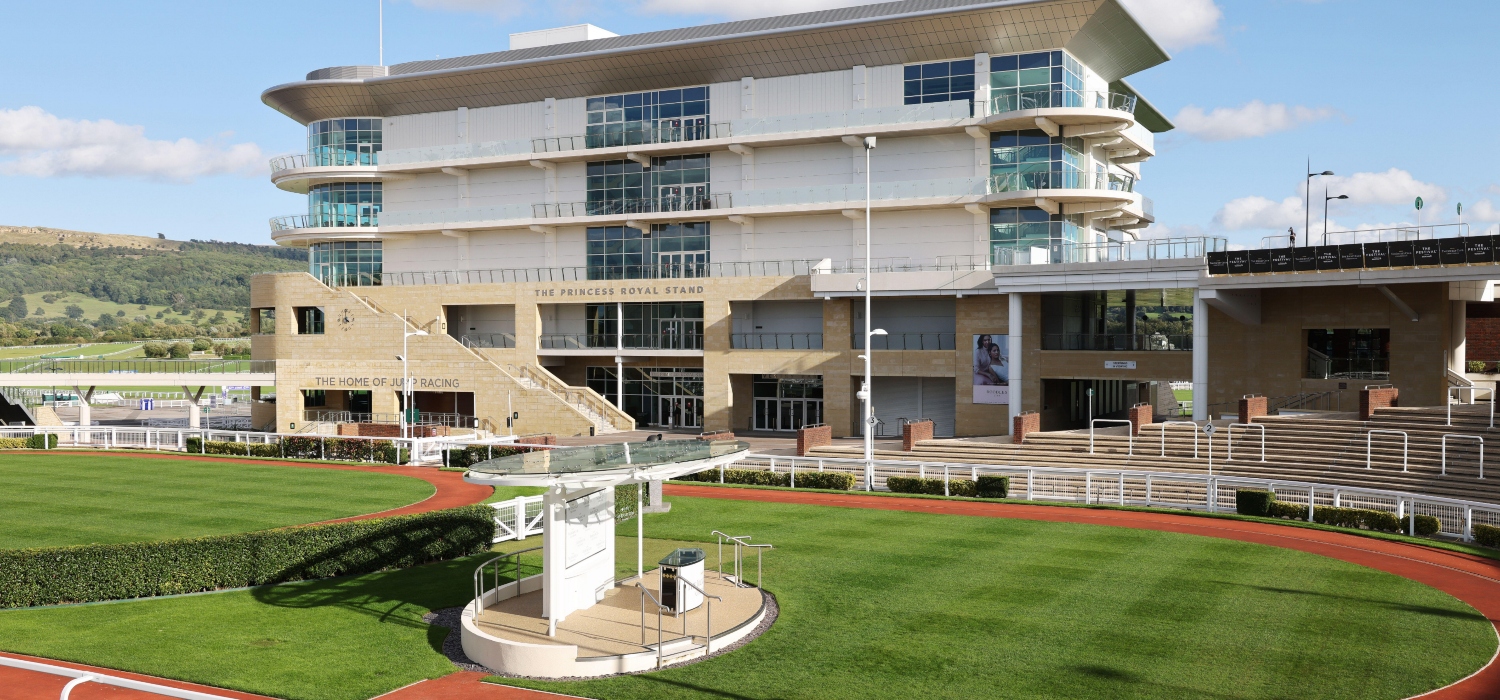
Cheltenham Trends analyst Matt Tombs is back with five articles leading up to the Festival. He starts by asking, ‘is Cheltenham ante-post betting dead?’
An increasing number of punters, both experts and otherwise, are declaring that Cheltenham ante-post betting is dead.
Certainly the halcyon days of the early part of the century when:
- Bookmakers were prepared to lay ante-post bets at 26.0 or 34.0 about horses with realistic chances
- The exchanges were in their infancy and mugs were putting those sorts of horses up at three-figure prices
Are long gone.
I suspect that’s what many of those who have given up ante-post punting are lamenting.
I miss that too but the world moves on, and so has ante-post betting – to keep playing successfully ante-post, it’s necessary to be open-minded and react to change.
Ep. 3 of our Cheltenham Ante-Post Previews is out NOW 🚨@thespieler @mdeasy85 & @DanielHussey2 cover the Ballymore with picks ranging from 5.5 – 42.0 👀https://t.co/OIUzgs6VT1 🎧https://t.co/NVErYXdsEX 🎥 pic.twitter.com/zd9L1PThd9
— Matchbook Betting Exchange (@TeamMatchbook) January 30, 2023
Glory Days Of The Past
The context is important – if you don’t play ante-post there are plenty of races at the Festival each year where the post-declaration markets pretty accurately reflect the chances of the runners and you’ve missed the value.
Although it’s tempting to think that plenty of the odds-on shots are near-certainties, less than half have won over the last 5 years.
You’d have lost 26% of your betting bank backing every odds-on chance at SP, not far off what you’d expect taking into account the over-round.
Looking at those odds-on shots in isolation it implies those SP markets are pretty accurate.
To get the value in a lot of the conditions races you need to be on the horses that go off very short – but at the ante-post prices. That’s because many of the conditions races, (which are where the vast majority of ante-post bets are placed,) are much less competitive than in those halcyon days I mentioned.
Some punters have their heads in the sand about this, perhaps because it’s unpalatable to acknowledge that the Festival is well past its zenith – and they blame bookmakers for not offering big enough ante-post prices.
Crucially, the conditions races look to be getting even less competitive than just 3 or 4 years ago. The position in the SP market of winners of conditions races open to geldings at the 2022 Festival was: 1112112112121611.
Many ante-post punters had been used to backing horses at bigger prices in that halcyon era. They consider a 15.0 shot that they hope will win their prep(s) impressively and go off 4.5, near the shorter end of the range of prices they want to bet at ante-post.
The problem is that there are fewer such winning bets around now.
Instead there are more 6.0 ante-post shots that go off 1.8 and bolt up. Backing 6.0 shots that go off 1.8 is not as exciting as backing 15.0 chances that start at 4.5 – but the theoretical profit margin, (in terms of the proportion the horse has shortened by the off,) is the same.
In the Pricewise column in the Racing Post, Tom Segal has tipped ante-post on the 4 championship races – all at between 7.0 and 11.0. In the same races 10 years ago Tom’s ante-post tips were priced at 13.0, 17.0, 26.0 & 34.0 (the 17.0 shot won).
And that’s in the championship races where the dilution has been less than in the novice races.
Most of the conditions races are much less competitive and so much more predictable now – the ante-post value is, therefore at shorter prices.

Not All Races Are Good Value Ante-Post
Of course, any ante-post strategy only works if the winners do shorten. Every race (and each renewal of a race) needs to be looked at individually.
Not all Festival races are good ante-post betting propositions – the best example of a race where ante-post betting rarely works is the Albert Bartlett.
In the last 9 renewals, only 6.0 shot Monkfish has won at shorter than 12.0, during which time there have been two 34.0 winners and a 51.0 scorer at SP.
Almost all those double-figure priced winners were bigger prices post-declaration than when they were realistic contenders ante-post.
Last year The Nice Guy was a top price 9.0 on the Oddschecker grid on the Saturday 6 days before the race – he won at an SP of 19.0, going off 25.0 on the Matchbook Betting Exchange.
The Albert Bartlett is a Festival rarity – a big field, really competitive novice race. It is also a very different challenge from anything most of the runners have tackled before, which adds to its unpredictable nature.
The longer-priced horses that have been winning are priced defensively ante-post and so the value tends to be post-declaration.

 Join Now
Join Now
Betting Cheltenham Ante-Post
Whenever striking an Cheltenham ante-post bet it’s important to have an approximate price you anticipate the horse being post-declaration.
The amount you anticipate it will shorten if all goes well needs to be more than the risk of the horse not running, the ground being wrong etc., (and that shortened price needs to be reflective of its actual chance.)
As usual, when I look at the Albert Bartlett ante-post markets I can’t see a horse that meets those criteria.
When the entries were published for the 4 level-weights novice chases on 17th January, those 4 races attracted 138 entries.
Dig a little deeper and there are only 87 actual horses entered.
Last year 30 horses contested those 4 races. The SP over-rounds were 115% (Arkle), 108% (Turners), 118% (Broadway) & 109% (Not-Quite-4-Miler).
Over-rounds in the ante-post markets have been about 135%-160% with, (based on last year,) less than 25% of entries likely to run.
It’s not as if the actual runners are all the ante-post market leaders, which would have reduced the advantage of betting ante-post.
For example, Gaillard Du Mesnil is the favourite for the Not-Quite-4-Miler at 2.75 and challenging for favouritism for the Broadway at 8.0.
Horses like him will take a decent chunk out of the market(s) they don’t run in.
If he doesn’t run in the Not-Quite-4-Miler, the rest of the 36-runner book is priced to virtually the same over-round as the 6-runner field was at SP last year – which illustrates when the value is.
The ante-post prices on the Matchbook Exchange are usually bigger than those in the sportsbooks, so they provide even better value.
http://localhostbetting-previews/horse-racing-tips/matt-tombs-cheltenham-trends-novice-chases/
Cheltenahm Ante-Post Traps
Given the fields are so small in many races now, one trap not to fall into is simply finding an intended runner in a race like the Ryanair, at which few horses are aimed a long way out.
Punters would latch onto (say) a 21.0 shot for whom the Ryanair was the sole Festival entry and had been declared an intended runner. They would go off at, say 11.0.
The problem is 12 of the 15 Grade 1 Ryanairs have been won by the front 2 in the SP market, all of which went off 7.0 or shorter.
As usual, the ante-post market is headed by lots of doubtful runners. It’s tempting to look at a horse like French Dynamite, who is generally a 26.0 shot and is an intended runner, on the basis that he’ll probably go off half that price.
If you’re trading out on the Matchbook Betting Exchange he’s probably a good trade but is a 152-rated horse, who is 2/8 over fences, has been 13l 5th of 7 and 104l 6th of 8 in his two Grade 1 chases, really going to win a Ryanair?
I can only see him winning if the race falls apart. Before betting ante-post I want to get a better handle on Allaho & Shishkin’s wellbeing, where Blue Lord & Haut En Couleurs fit into the Closutton team and whether this or the Melling Chase is the priority for Fakir D’oudairies.
History suggests that at least a couple of the top-class horses will run – and one of them will win.
Timing is all-important in ante-post betting and just as the value in the novice chase markets may have been at its peak around the time that the entries were unveiled, there are races like the Ryanair where it may well be sometime in February when the best value is available.

Cheltenham Ante-Post Betting Is Not Dead
Ante-post betting at the Festival isn’t dead.
It’s less exciting than it used to be but that’s a direct result of the racing being less exciting because of the dilution of the extra races and the concentration of the best horses in so few hands.
For punters willing to adapt, there’s still lots of value out there, mainly at shorter prices – which has at least the advantage of more winners being had.








